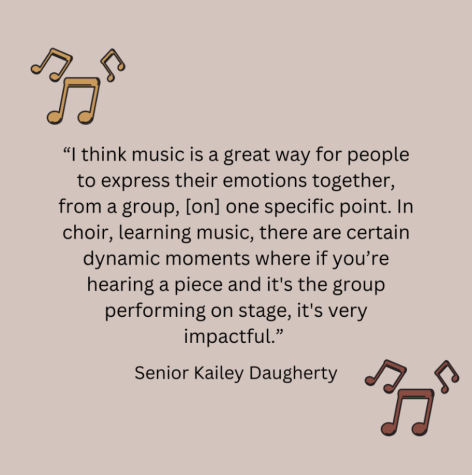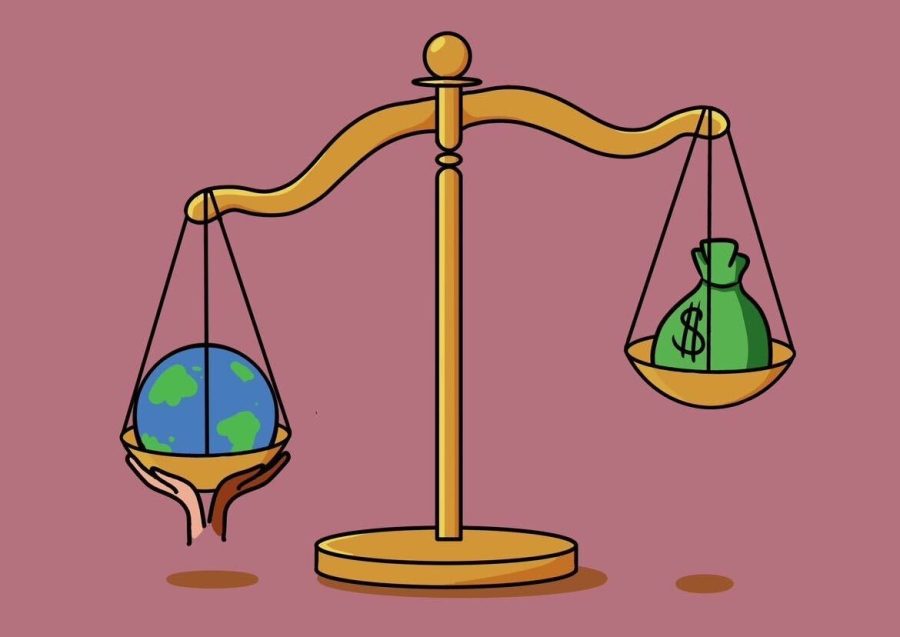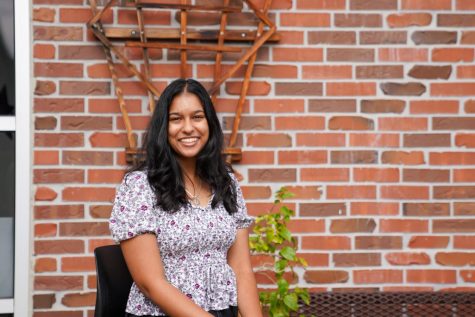Artistry in activism
Exploring how students at MVHS use Instagram for advocacy through art
Artwork by senior Stephanie Zhao for the Youth Environmental Power Initiative’s environmental justice art exhibit.
December 22, 2022
Youth Environmental Power Initiative founder and senior Kelly Tung says art is often an overlooked form of advocacy. She expresses how the specific art form that a message is delivered through does not matter — rather, art is an effective tool for spreading awareness about issues. Specifically, she sees immense value in digital art.

“I think one of the limitations with physical art is that sometimes you don’t get to see the first original piece,” Tung said. “[However, with] digital art, you can transfer that anywhere and anytime, which is why it makes it so accessible for people to view.”
Similarly, seniors Kailey Daugherty and Sarah Johnson see Instagram as a platform where they can spread sentimental messages and promote causes through their folk-style music on their joint account “kaileyandsarah.” Daugherty says social media easies the promotion aspect of spreading a message through artwork and expresses the power music, as an art form, can have in conveying messages.
“I think music is a great way for people to express their emotions together, from a group, [on] one specific point,” Daugherty said. “In choir, learning music, there are certain dynamic moments where if you’re hearing a piece and it’s the group performing on stage, it’s very impactful.”
Youth Environmental Care Initiative also uses Instagram to promote environmental causes, and Tung’s found that current media combines different art forms including photography and videos. She also sees the platform as a host for a culmination of other ideas and organizations through the freedom it allows activists to have.

“It’s empowering for me to see [artwork on social media] because other people are sharing parts of their own story, parts of their own beliefs online for other people to view,” Tung said. “I’m sure these artists are also hoping to inspire other people with their work as well.”
However, Johnson sees a downside regarding audience engagement on the platform, as she claims artwork is only effective in spreading messages if people are willing to listen. Johnson has noticed how people frequently scroll past the posts she makes with Daugherty as they passively think that they have seen similar posts before. According to her, changing this trend has its challenges.
“You could say and do a lot [for change], but at the end of the day, it’s about that person and what they’re willing to do,” Johnson said. “People don’t like to consider the important stuff because they see it as someone else’s hobby.”
Although art is a powerful tool for Tung and her passion for activism, she explains how other people believe there is a stigma behind the art not being powerful enough to send an impactful message compared to more traditional forms of environmental activism, such as planting a tree.
“I would still argue that art can be equally as powerful,” Tung said. “There are some pictures or art forms that you just remember forever. Van Gogh’s Starry Night is really powerful for anyone who loves the picture, [as they] see the artistry in that, so I think the same holds true for artworks that my team and I worked on as well.”


















